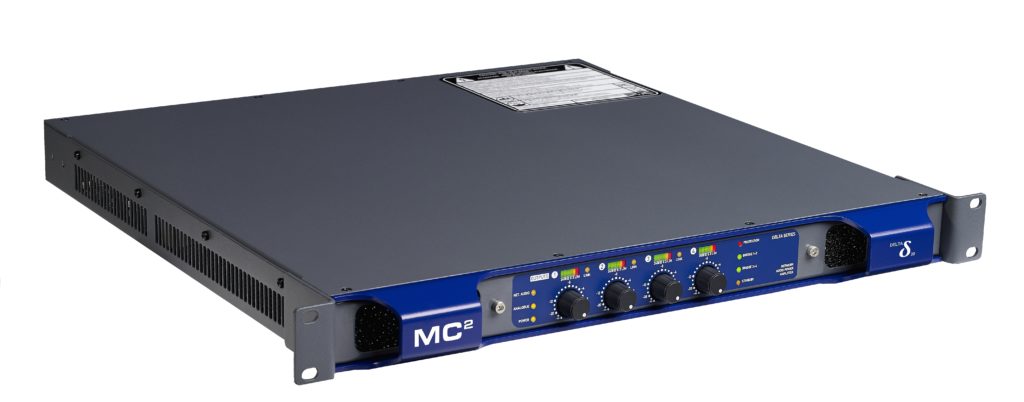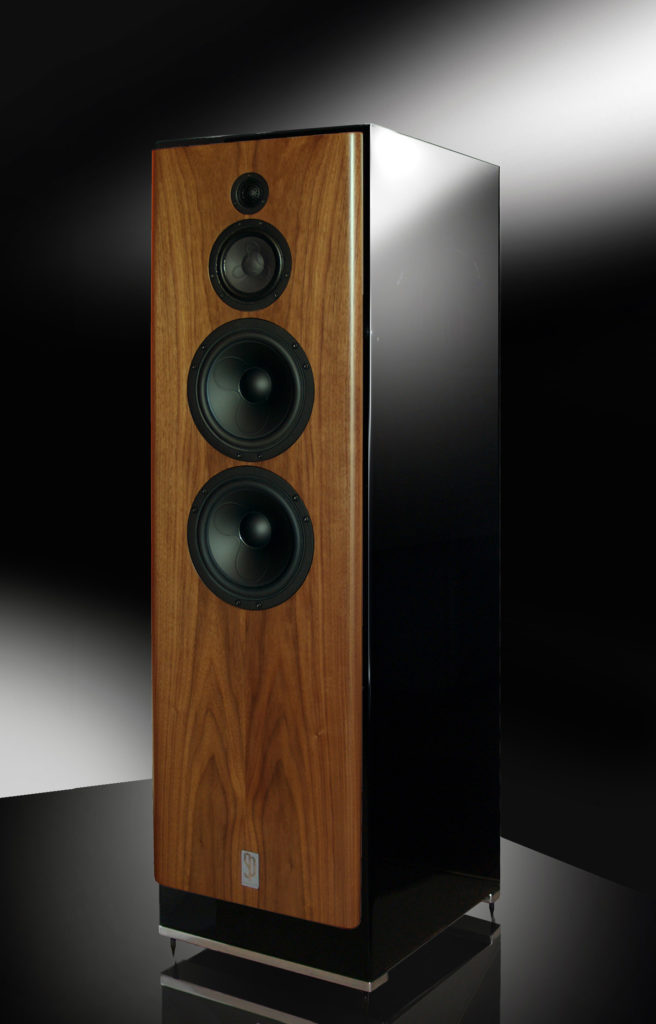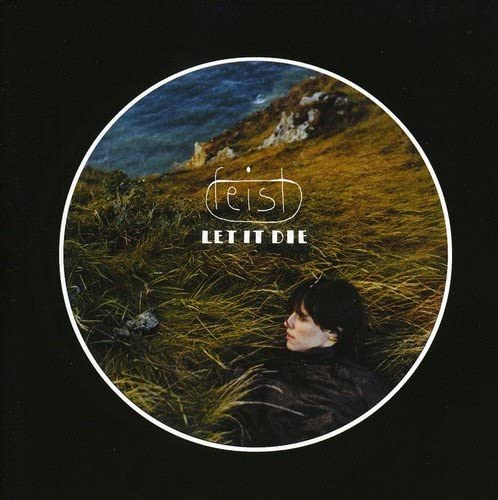It’s pretty clear that this amplifier has been designed for a practical life. That’s not to say it’s not got style, but that style is definitely industrial. Standing out from the crowded mass of black pro-audio amps with a muted grey chassis, accented by the blue handle that anchors it as an MC2 amplifier, it looks and feels like a quality product. There certainly isn’t that first impression (so often felt with smaller class D amplifiers) that you are paying for a box of air – this feels solid and suitably engineered.

Plenty of engineering in this amp…
Before I got up and running, I needed to confirm a couple of things that were operating options as explained in the manual. First off was the fan mode. This intriguing feature was designed specifically to address previous customer comments about the fan noise in the S Series amplifiers, themselves designed for studio use. The S Series are already fitted with lower noise fans than are in use in other AB amp ranges from MC2, but being linear amps with a linear supply, heat when idling still needs to be dissipated. Typically this would be in the region of 120-150W for this size of AB amplifier (S Series), and this will of course increase somewhat under load.
The higher efficiency of the Delta 20 (plus the fact that its rated output is lower) means that idling it will only be needing to dissipate less than 30W – smaller fan (which is inevitable in 1U!) but also turning slower as smaller normally means faster speed to shift any appreciable air and so more noise.
The neat option in the Delta 20 relies on the fact that there are no big heatsinks to store energy so the fan can be very responsive to load as there is little thermal inertia to worry about, and that in idle, the amp can virtually be passively cooled. Assuming that if the amp is under a heavy load, it is most likely LOUD and so you won’t hear fan noise when the load reduces, the fans can also slow down quickly to a quiet level.
In a hi-fi situation, the likelihood of the amp having to deliver anything close to full power on all channels for a sustained period is small, so the low noise mode fixes the fans at a very low speed, and only allows them to increase slowly up to a set (lower than max) speed. This system works great as it hasn’t throttled back on the full power being available for a short time, so dynamics and headroom aren’t affected, but in the case of excessive demands being placed on the exhaust system, optical limiters will reduce the power of the amplifier for protection.
In the “non-low noise” mode, the system’s aim is to keep things cool and so they can idle faster, respond faster and hit a faster max speed so allowing more power for much longer. Elegant and simple.
(as a post-script to this, I wandered up to the hi-fi last night and did the dad thing of feeling the radiator next to it as I thought I could hear the central heating on which seemed odd, given that it was about 22 degrees. What I could actually barely hear was the amp fan – that’s how quiet it is!)
The other important option that appealed to me, and to many hi-fi fans (excuse that pun) is having a standby mode. You’ll rarely read a review of any component in the world of high fidelity that doesn’t consider the concept of a “running in” period. As was pointed out by one of my colleagues, who comes from a speaker design background (Acoustic Energy) and now also produces his own ultra high end offerings (SP Acoustics https://www.spacoustics.co.uk/) the “running in” period for speakers is a lot shorter than most people think – you are mainly loosening up any excessive stiffness due to adhesives and varnishes on surrounds and spiders, and this only need take a couple of hours, not days of use.

SP Acoustics – serious hi-fi chops!
With electronics, the running in period is more related to the ideal operating temperature of the components. Electronic theory would suggest that keeping things as cold as possible should calm all those excitable electrons, so reduce noise, and anything that would impede signal clarity. “Hi-fi theory” is not electronic theory and so the perception that circuits stabilising over time is a convincing argument for letting things “warm up” and reach an optimal temperature. Much as a car engine will still work when cold, there will be improved performance when the oil is a little looser and the engine runs a little smoother. This is not all hi-fi smoke and mirrors – getting systems to a stable operating point is always a good thing.
Rather than having to leave the amplifier running permanently, having a standby mode means it will reduce its idle power and still be ready to operate optimally almost instantaneously. The Delta 20’s auto-standby mode works a treat by taking this one step further – a period of no signal drops the amp into standby silently – the output stages are powered down, and but the output relays stay engaged so when required the amp can immediately be ready (in a less than 100 milliseconds!). The power supply is kept running so there is ambient heat warming the output devices just enough so performance is optimal from the get-go.
I was also pleased to see that this can be disabled but that remote control of the standby mode is possible, meaning easy integration with preamps or home automation systems if this is preferred. In practice it took me a few days to notice that the amp was switching to standby in between me selecting music – it’s so quiet and does this so silently that only the standby LED illuminating on the front panel gave the game away!
So let’s talk about music. This would be a poor review if it didn’t shed some light on the audio performance of the Delta 20.
In some ways, I didn’t want to the amp to be great. I wanted it to be good but not as good as my Cyrus’s power amp: a class AB amp with a very generous linear toroidal supply; modestly specified power delivery (in that very English way!) but capable of high current peaks.
There’s no other way to put this apart from it was bloody awesome. Annoyingly, slightly devastatingly so. All my concerns that I thought were in my head were 100% laid bare as being the truth – this was just better.
If you want to skip to the end, you can read the closing paragraph as to why. If you want to read about some of the music and what made me grin and also sigh at the inevitability of NEEDING one of these amps now, please carry on…
I have listened to a lot of music over the past couple of weeks. I have actually sat down in a chair beside a pile of records, with a remote and even with some CDs and it’s been a truly pleasurable experience. Without wanting to gush too much – I feel very lucky to have had this time and very lucky to have had the Delta 20 for this time. Now I just have work out how to engineer keeping it!
In recent years my “goto” tracks for great production have been by two artists – Everything Everything and John Grant. In particular “Final Form” by EE from their first album I absolutely love – it’s warm, it’s got a bass drum thump like a pillow against a window but still with perfect definition. The precision of Jonathan Higg’s falsetto vocals sit superbly with the complex guitar arrangements that tie the whole track together. The almost inverted compression that kicks in during the chorus and disappears like vapour in the verses brings the dynamics so clearly into focus it gives you a shiver. This is lost on lesser amplifiers.

Sticking with male vocals, I often turn to John Grant and “Pale Green Ghosts” and the title track. His rich resonant vocal appears out of nowhere pinned into place by some potentially very sharp double tracked sawtooth synth lines, which ramp up in their severity as the track progresses, pulling it into tighter and tighter rhythmic spaces along with meaty bass percussion. There’s a delicate electronic woodblock that bounces about syncopating with the beat and the placement of this was so precise I could have touched it. I love the use of reverb to trail off his vocal in this track and the swells of it against the lush string arrangements give real ebb and flow to the music that just makes you want to close your eyes and be enveloped.

John Grant – Pale Green Ghosts
Female vocals can be a real indicator of quality for a system (mainly for speakers and colouration issues) but more often they seem to have a closer mic’ed quality that brings the singer right up to you. Eska’s self titled debut album does just this, and her voice on Gatekeeper is the most amazing recording I have heard in recent years, maybe helped by the sparse production of the rest of the track with its pizzicato eastern inspired accompaniment and her unique jazz style delivery. The whole album is so unlike 21st century contemporary music – open, uncluttered and yet modern. The Delta 20 facilitated this and had me wondering who had swapped my Missions for something a lot more expensive!

Eska – ESKA
A brief nod to Lesley Feist and “One Evening” from her album “Let it Die”. The most sumptuous, velvety production with close miked languorous vocals and the almost lazy delicate percussion make this track a pleasure, but most of all with a good pair headphones. To bring this intimate quality to a pair of speakers has pretty much evaded me, with one previous exception – the Focal system in my car – I think the acoustically inert interior of most cars (as long as stationary!) and being up close and personal with the speakers makes this possible. Now I have two places to enjoy it, and don’t need to be sat on my drive with the engine off, looking like an idiot!

Feist – Let it Die
I should reference some of the music I played, dismayed, in part one of this review – much loved tracks that were not making me feel the love any more. Joni Mitchell’s “Hissing of Summer Lawns” with its languid title track is so soft and laid back with her trademark minor vocal harmonies that somehow unsettle the torpor needs a depth and dynamic quality that was now missing from my Cyrus. There is no forced dynamic in this track – no plunges into silence to highlight that which follows, there’s just an element of effortless surprise that happens during “Harry’s House and the segue into “Centerpiece” that can make me shudder. It’s dark and it’s a little chilling but it’s also so safe and comforting – the feeling of ill at ease. That may not be selling the music very well, but it can easily be lost and it was there in spades once more.

Joni Mitchell – The Hissing of Summer Lawns
The same unsettling feeling exists with Kate Bush and especially if you sit and listen to the entire second side of “Waking the Witch” from the Hounds of Love. If I am honest, this used to scare the crap out of me growing up – this album was released about the same time as a magazine doing the rounds in the UK called “The Unexplained” which took as its subject matter each issue some topic that would now be called an urban myth – spontaneous human combustion, poltergeists, voices from beyond the grave…that sort of thing – the “Voices from Beyond the Grave” issue came with a free flexidisc that spooked me so much I buried it in the garden! “Waking the Witch” is such a masterpiece of production, and my favourite track of all “Watching You Without Me” is so melancholy and yet creepy it’s been years since I felt slightly compelled to turn it off before the end, but you guessed it – I shivered and did just that – superb!
Finally, let’s not get too stuck in the recent past with worthy choices – let’s talk Mura Masa, Slowthai. “Doorman” by Slowthai simply rocked – I was back to remembering how I used to be amazed by the amount of air my Missons could shift without breaking a sweat and that uber-tight control and depth was back – I found myself walking about the house, marvelling at how solid and deep the bass on this and Mura Masa’s collaboration with Slowthai on “Deal Wiv It” sounded. Big smiles on my face. Play it again. And maybe once more.

Mura Masa tf. Slowthai – Deal Wiv It. 0/10 for album cover art though, lads.
Everything goes through your amp. Everything comes out of your speakers. Changing your speakers is not likely to make your amp sound better. However, I can confirm that changing your power amp can most definitely make you fall in love with your speakers again. The Delta 20 took control of my Mission 751s like never before digging down to produce the lushest bass with control that meant the woofers seemed to barely move. Dynamics were breath-taking – with a power supply designed to allow for long term delivery of power way in excess of any home system it really shows. The care taken with the balanced (pro) inputs shines through with retrieval of detail that has made me relisten to tracks again and again just for sheer enjoyment. And surely sheer enjoyment is what your hi-fi should be all about – revisit your music collection and fall back in love with your stereo – you need to hear the Delta 20.
Download a pdf of both parts of “Journeys in Hi-fi” for reading offline here.

